In the cyclic process shown on V−P diagram, the magnitude of the work done is

π(P2−P12)2
π(V2−V12)2
π4(P2−P1)(V2−V1)
π(P2V2−P1V1)
Work done = Area under the curve
Area of sphere =πr2=π=π(V2−V1)22(r=V2−V12)
=π(P22−P1)22(r=P2−P12)
∴(b) and (a)
Topper's Solved these Questions
- THERMODYNAMICSBOOK - CENGAGE CHEMISTRY ENGLISHCHAPTER - THERMODYNAMICSEXERCISE - Exercise
1 Videos
- THERMODYNAMICSBOOK - CENGAGE CHEMISTRY ENGLISHCHAPTER - THERMODYNAMICSEXERCISE - Ex 6.1
26 Videos
- STOICHIOMETRYBOOK - CENGAGE CHEMISTRY ENGLISHCHAPTER - STOICHIOMETRYEXERCISE - Archives Subjective
33 Videos
Similar Questions
Knowledge Check
One mole of an ideal gas undergoes a cyclic process ABCDA as shown in the P-V diagram, The net work done in the process is
(1 atm=10^(6) dyne cm^(-2)) A500 JB700 JC800 JD900 J
A500 JB700 JC800 JD900 JAn ideal gas undergoes cyclic process ABCDA as shown in given p−V diagram. The amount of work done by the gas is
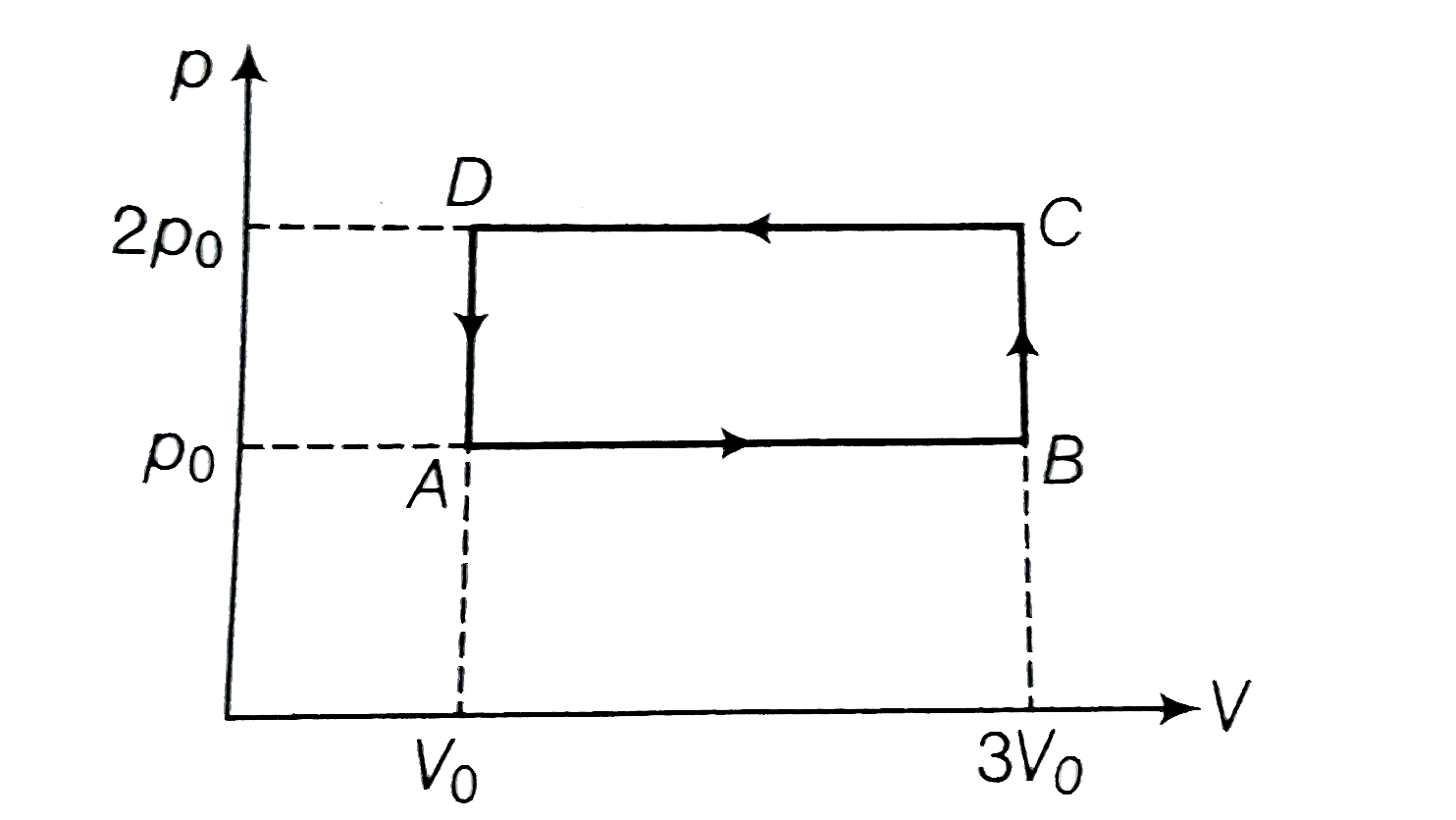 A6P0V0B−2P0V0C+2P0V0D+4P0V0
A6P0V0B−2P0V0C+2P0V0D+4P0V0A cyclic process ABCA is shown in the V−T diagram process on the P−V
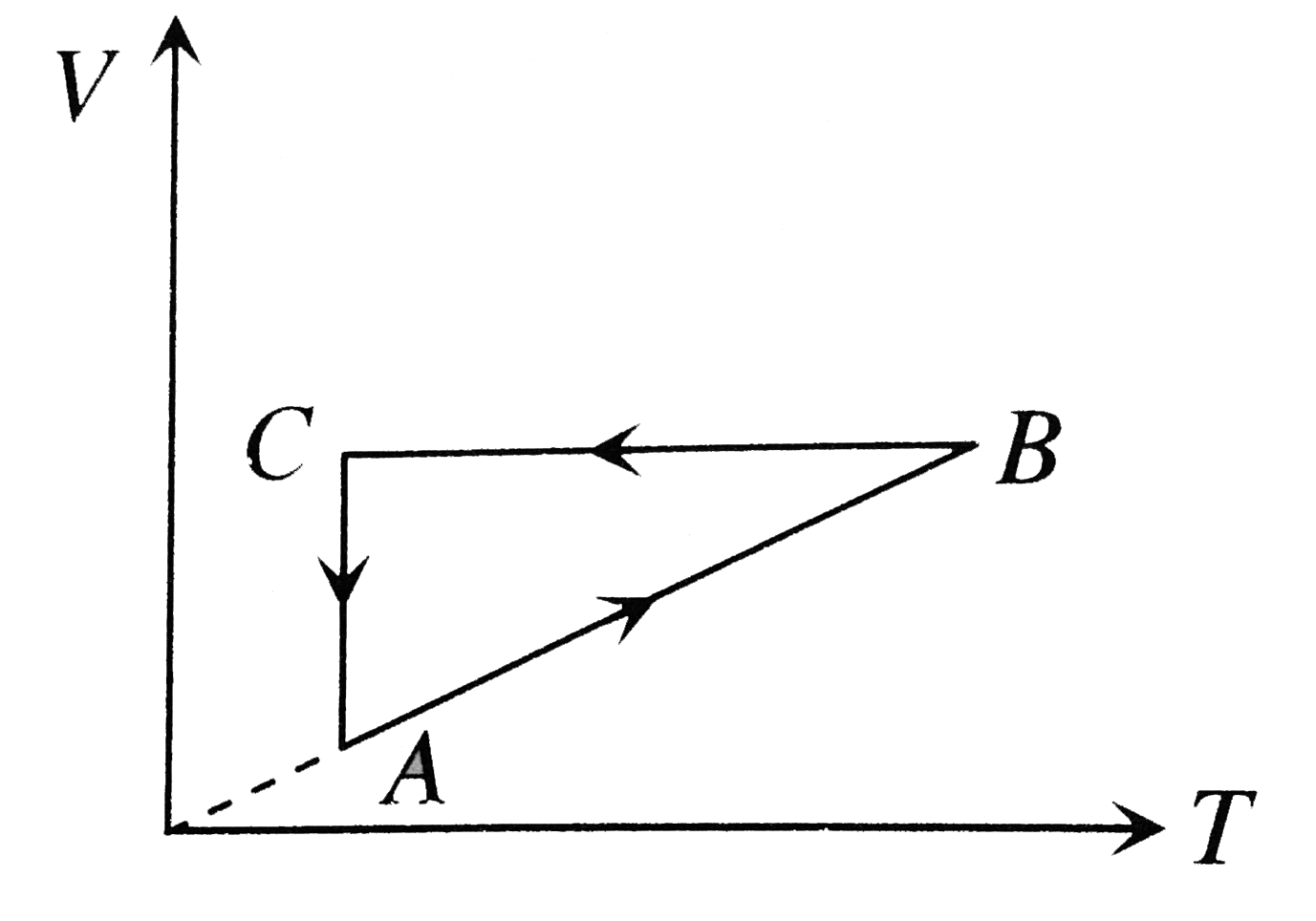 A
A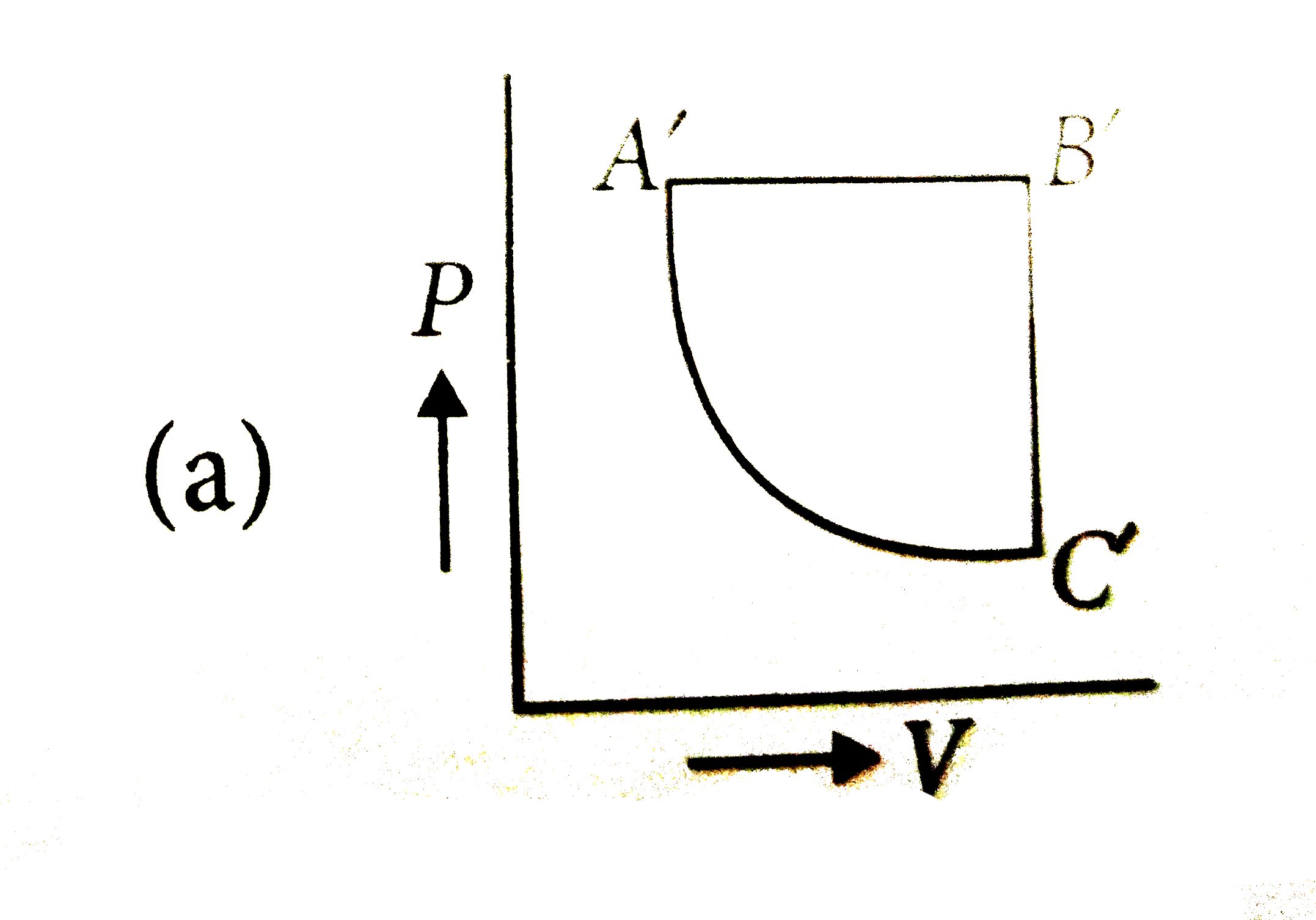 B
B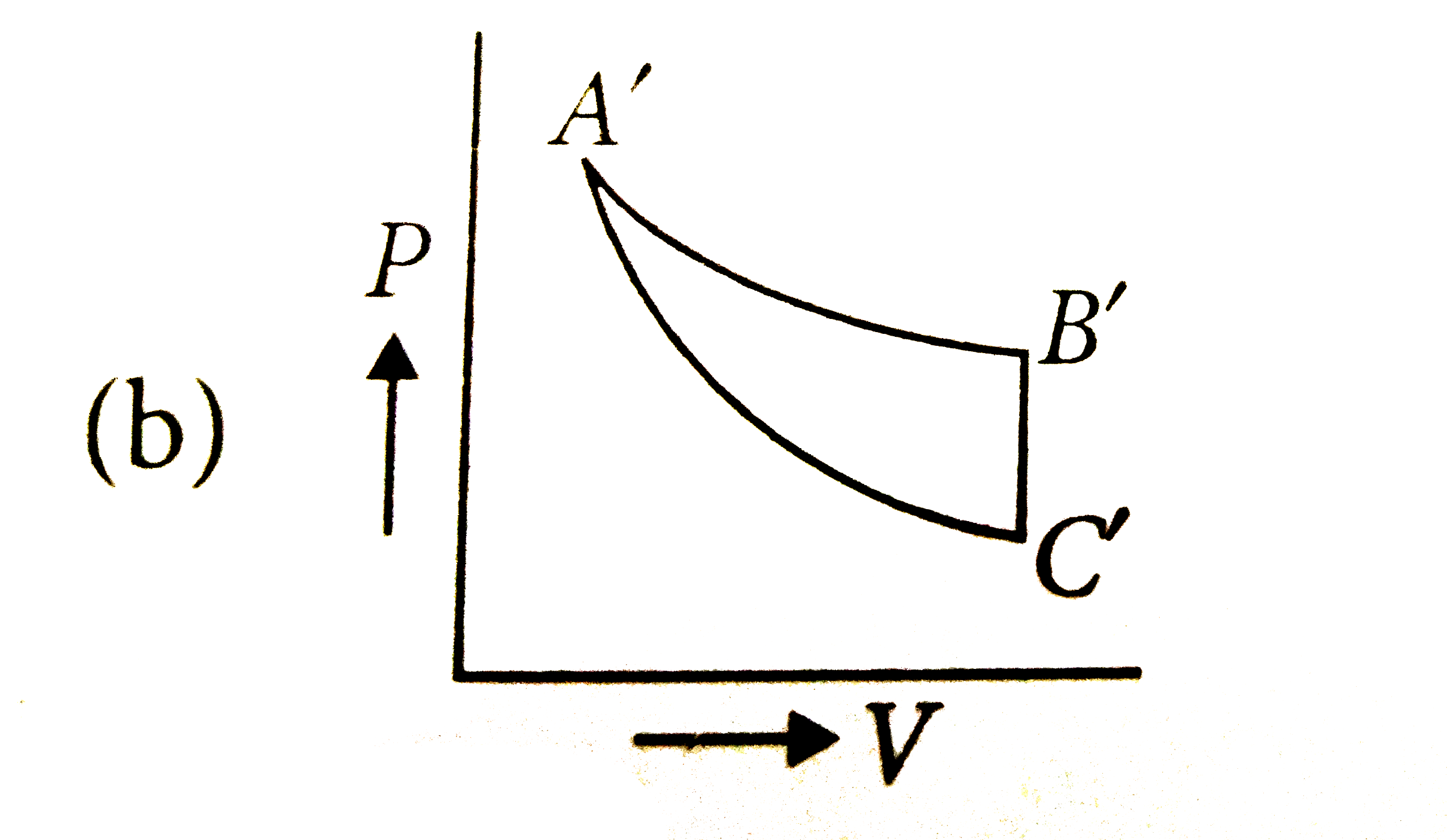 C
C D
D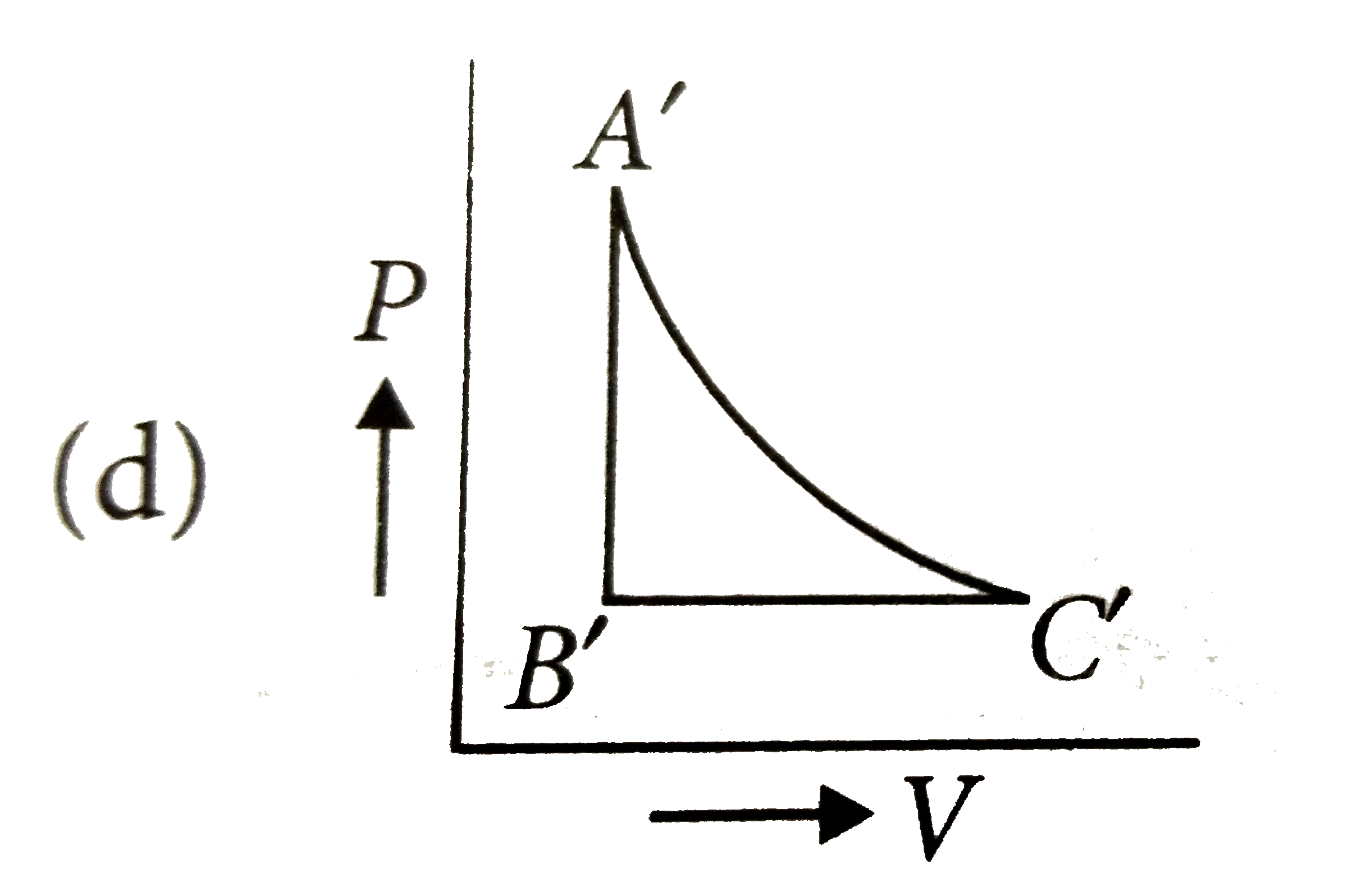
Work done in the cyclic process shown in figure is
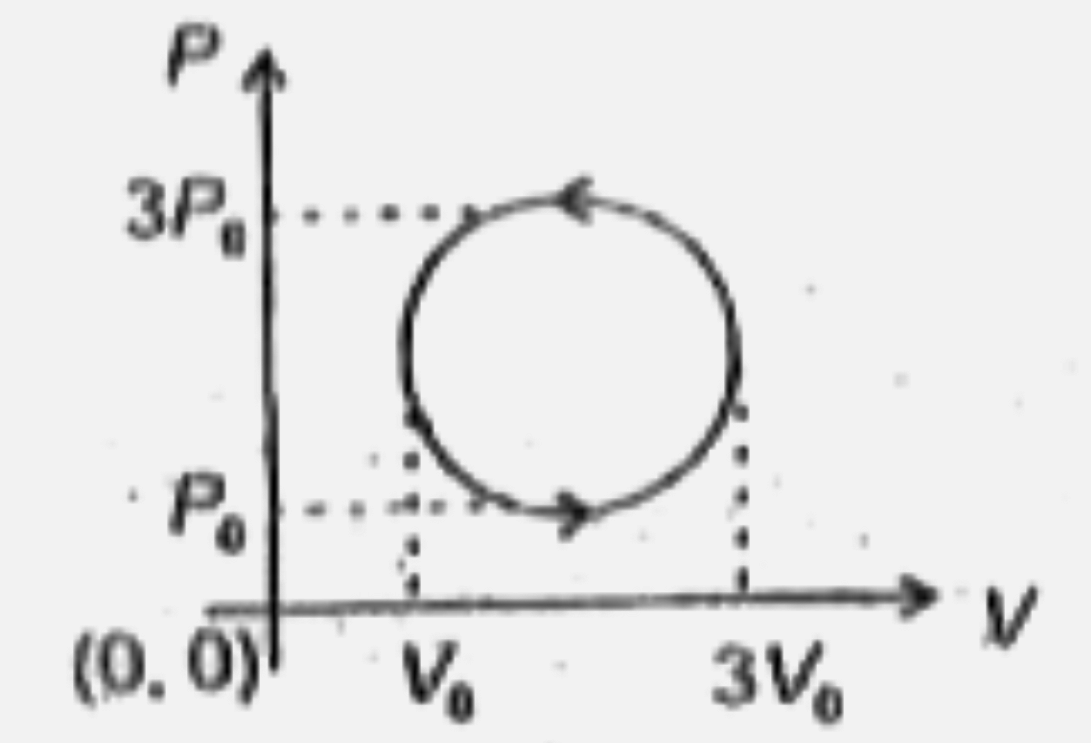
View SolutionAn ideal gas undergoes cyclic process ABCDA as shown in givend p−V diagram. The amount of work done by the gas is

View SolutionThe cyclic process form a circle on a pV diagram as shown in figure. The work done by the gas is
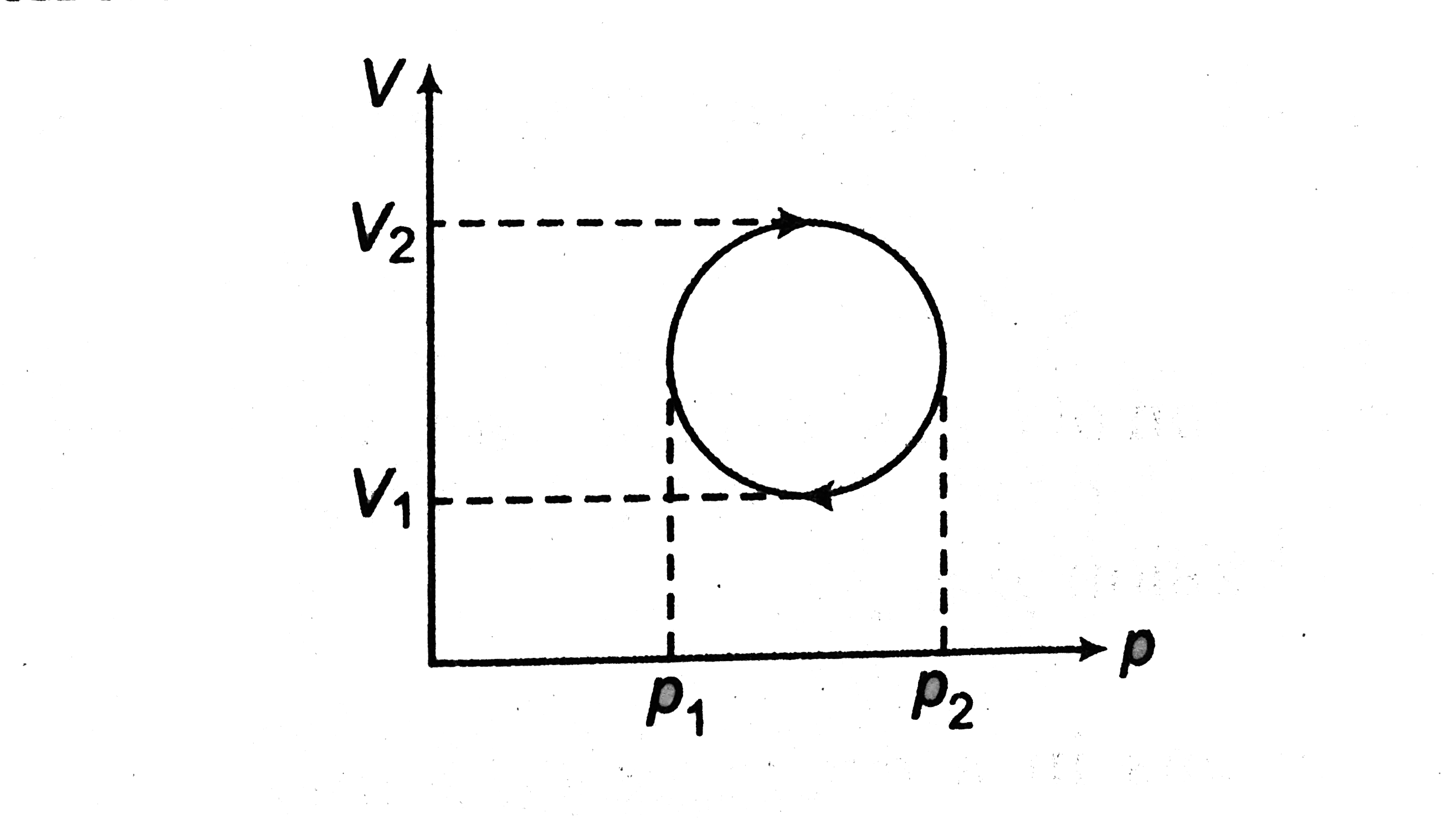
View SolutionA cyclic process is shown on the V - T diagram . The same process on a P - T diagram is shown by
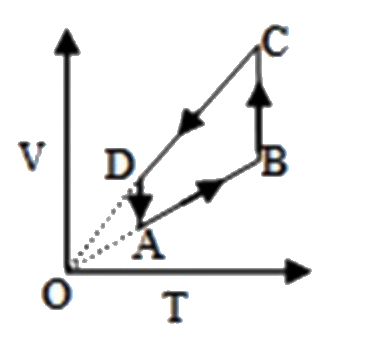
View SolutionOne mole of mono-atomic ideal gas is taken along two cyclic processes and as shown in the PV diagram. The processes involved are purely isobaric, isothermal or adiabatic.
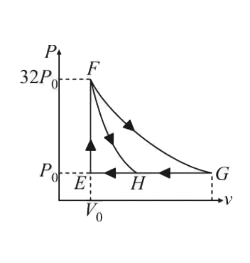
Match the paths in Column I with the magnitudes of the work done in column II and select the correct answer using the codes given below the lists.


View Solution


